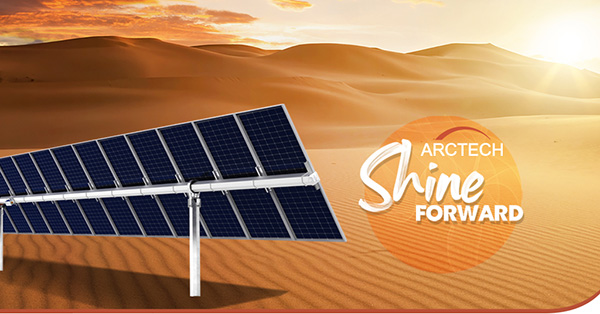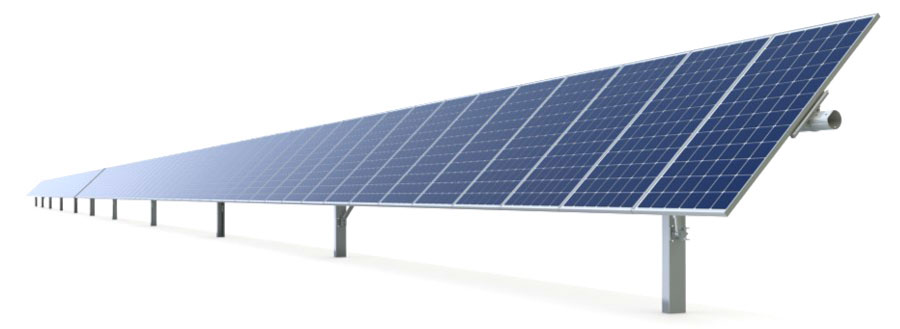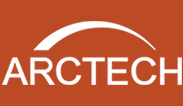Arctech share insights on solar tracker development in Malaysia in PV Mounting Tech South East Asia conference

On Feb 24th, Arctech, the world's leading tracking, racking, and BIPV solutions provider joined the virtual conference named “PV Mounting Tech: South East Asia” organized by Solar Quarter. In the Conference, Bella Zhou, SEA Regional Manager, APAC at Arctech shed lights on the advantages of solar tracker as an innovative solution for the energy yield and how to choose tracker based on the different terrain.
Malaysia is worthy the attention. The country has targeted 20% renewable energy by 2025, of which the majority is expected to be solar power. The country is also providing contracts for 500 megawatts (MW) worth of projects in the 10–30 MW range and contracts for 500 MW worth of projects in the 30–50 MW range. Malaysia has also announced approximately US$ 2.9 billion in new grid investments, LED street lights and rooftop solar panels. As is seen across much of Europe, Malaysia has adopted a cadenced auction and supports distributed solar through net-metering.
As Bella introduced in the conference, solar trackers typically boost a solar plant’s energy generation by 20-30% in sunny locations, while adding only 5-10% to the cost of the system. There will be 10%-20% more energy yield from tracker + monofacial module, and 20%-30% more energy yield from tracker match with bifacial module.
Bella walked through the benefits and application scenario of three types of structures namely Fixed Structure, Adjustable Fixed-tilt Structure and tracking system.
One of the challenges for solar farms in Southeast Asia is the risks posed to solar farms as a result of the increasing incidence of extreme weather such as high winds, flooding, dust and soiling. Leading tracker manufacturers like Arctech are increasingly turning to artificial intelligence–driven software systems to control and optimize their products globally.
Bella introduced the Arctech intelligent control systems which actively learn and adjust the optimal tracking angle for each tracker throughout each day by utilizing a combination of sensors and weather forecasting tools. In doing so, this tracking angle maximizes the PV system power output by capturing the highest amount of available sunlight, reducing module-to-module shading, and protecting the system during periods of heavy wind and hail storms. All these factors combined can increased energy production by up to 6% while reducing the risk of lifetime damage.
As Arctech has developed 4GW commissioned projects in APAC. Bella also walked through the landmark regional project in Malaysia namely the 116MWp Ibvogt Marang Solar Farm which Arctech will provide the signature 2p tracker SkySmart II for the project.
She also discusses how to choose the right tracker based on the terrain. As both 1p and 2p trackers are applicable for Low Undulation (Flat) Land, but for High Undulation Land, SkySmart II (2P) is more flexible for terrain undulation than SkyLine (1P)



.jpg)

